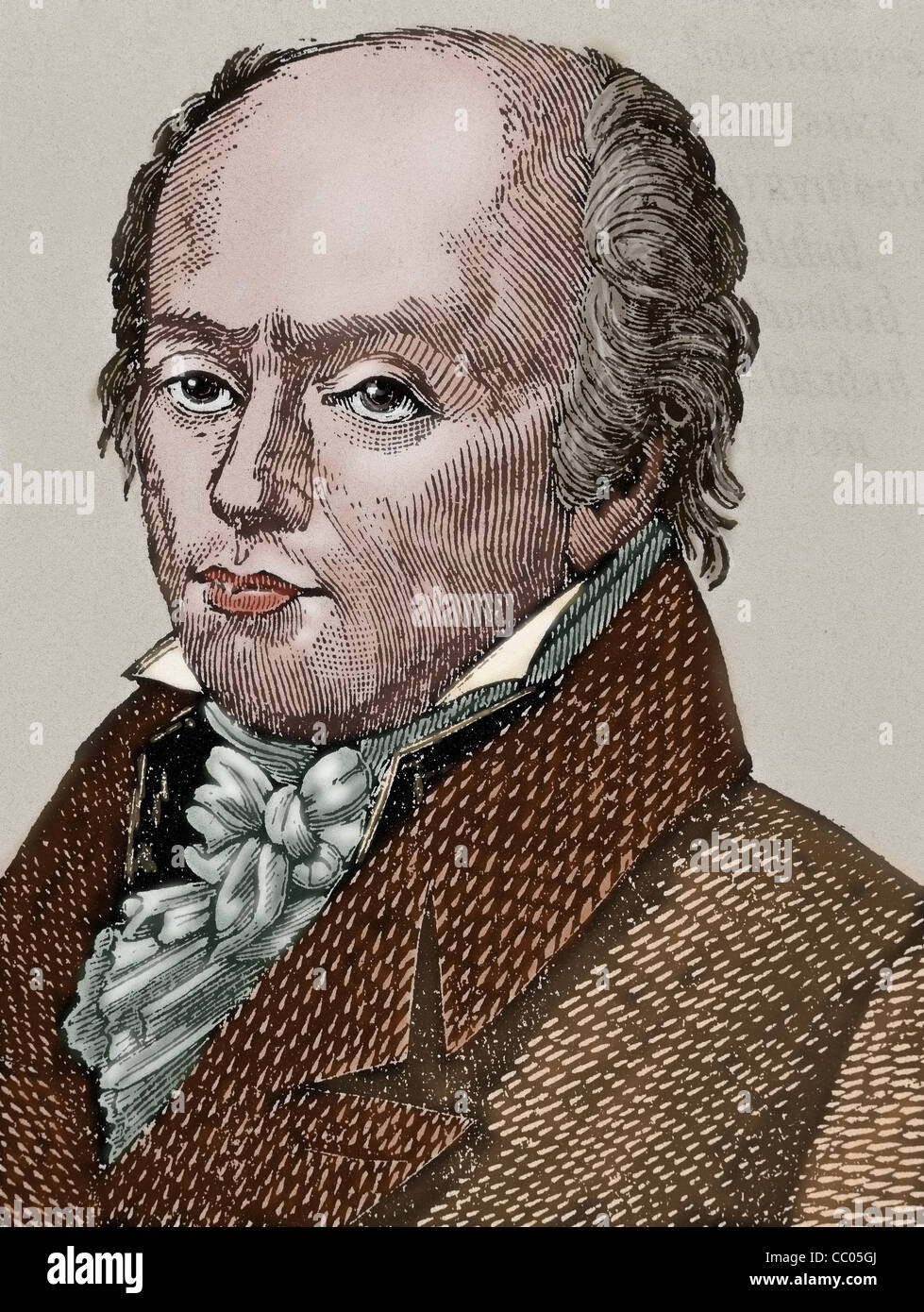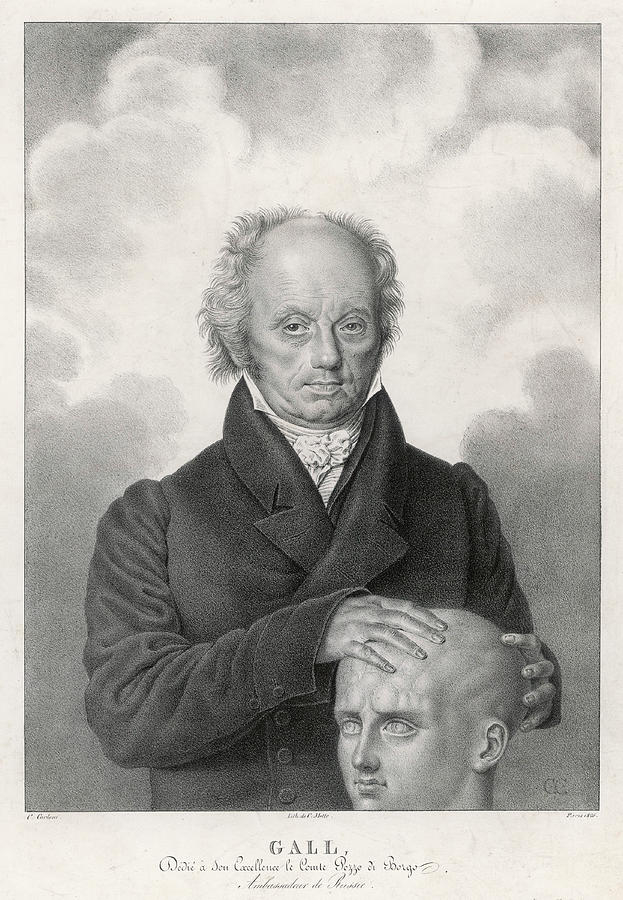

Étienne-Jean Georget accused Gall of stealing Charles Bonnet‘s basic idea of brain localization that he had written about over 60 years earlier. Many attempted to discredit Gall because they believed he had not given rightful credit to the theories and scientists who influenced him. Gall’s concepts on brain localization were revolutionary, and caused religious leaders and some scientists to take exception. Gall used random and selective testing methods.The 27 properties that phrenologists saw as the basis for the human character were actually based on randomly interacting factors.The shape of the skull does not reflect the shape of the brain.However, he failed with this theory due to three reasons: Gall further made assumptions about that person’s fundamental faculties and therefore their character. The scientist believed that among the 27 fundamental faculties were mechanical ability, talent for poetry, love of property, and also a murder instinct. This is referred to as localization of function. These corresponded to certain behaviors and traits that he called fundamental faculties. In his studies, Gall divided the brain into sections. Why Gall’s Theory of Phrenology Failedįranz Joseph Gall probably believed that the bumps and uneven geography of the human skull were caused by pressure exerted from the brain underneath. During his lifetime, Gall collected and observed over 120 skulls in order to test his hypotheses.

Cranioscopy is a method to determine the personality and development of mental and moral faculties on the basis of the external shape of the skull. Gall’s version of Organology states that the mind is a collection of independent entities housed within the brain. Gall developed the theory of Organology and the method of Cranioscopy that would later be known as Phrenology. He called these regions organs as common in Vienna back in the day. In the 1790s, Gall was convinced to have discovered localized regions of the cerebral cortex where innate universal faculties resided. Franz Joseph Gall reiceived his doctor of medicine in 1785 and became a successful, well-connected, private physician in Vienna. In the 1780s, Gall continued his studies in Vienna, where he was highly influenced by Maximilian Stoll. It was probably in Strasbourg where he was introduced to the works of Johann Hermann, who taught that there was a close relationship between Man and apes and introduced Gall to comparative anatomy. He was first educated by his uncle and later studied medicine in Strasbourg. Franz Joseph Gall, as quoted in Youth and Educationįranz Joseph Gall was born near Pforzheim and originally intended to devote his life to priesthood. “The fate of the physiology of the brain is independent of the truth and falsity of my assertions relative to the laws of the organization of the nervous system, in general, and of the brain in particular, just as the knowledge of the functions of a sense is independent of the knowledge of the structure of its apparatus.” Gall was a pioneer in the study of the localization of mental functions in the brain and claimed as the founder of phrenology. On March 9, 1758, German neuroanatomist and physiologist Franz Josef Gallwas born. Franz Josef Gall (9 March 1758 – 22 August 1828)


 0 kommentar(er)
0 kommentar(er)
